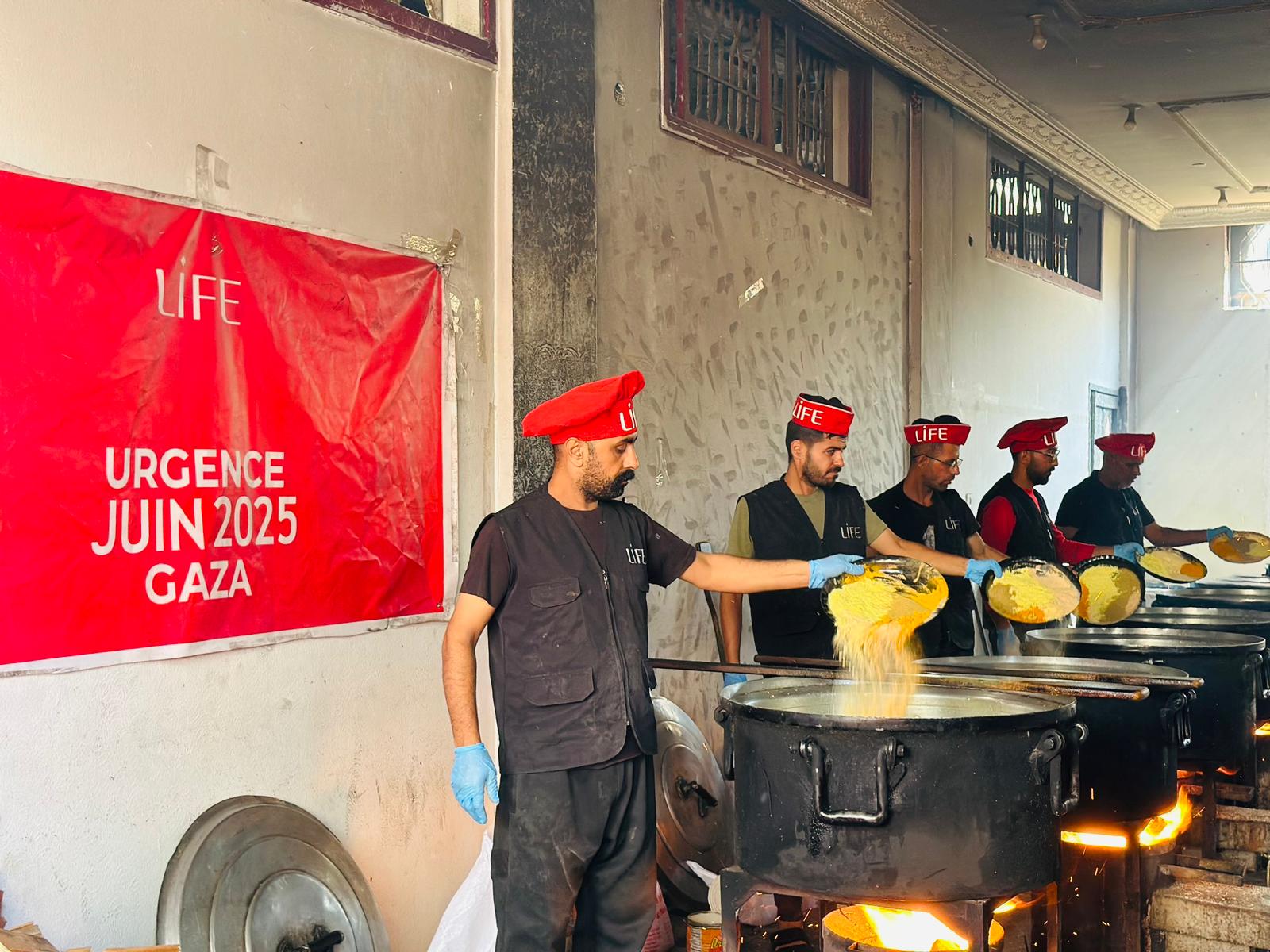The impact of food aid in Africa

It is no secret that there is a food crisis in many African nations. Millions of people rely on food aid to survive. It therefore plays an essential role in relieving the most vulnerable people. In 2020, according to the United Nations Food and Agriculture Organization (FAO), nearly 243 million people were affected by hunger in Africa. Nearly a third of the total population.How does food aid in Africa contribute to reducing hunger and strengthening communities?

The impact of food aid programs
Food aid programs have been in place for decades in many African countries. Food aid can take many forms. Among them, the food donations, the food shopping cards, the cash transfer programs. Let's also talk about agricultural development programs.Food donations are often used to provide immediate assistance in the event of food crises, droughts, conflicts... Food aid programs are not limited to subsistence. Some food aid programs include agricultural development initiatives. They can help farmers improve productivity, and diversify crops. These initiatives may include the provision of seeds and tools, agricultural training, and microcredit programs to help farmers invest in their farms. By improving agricultural productivity, these initiatives can contribute to increasing food security in the long term. Cash transfer or food purchase card programs allow beneficiaries to buy local foods. In fact, it stimulates the local economy and contributes to improving food security in the long term.
Poverty reduction
Food aid can also have a significant impact on poverty reduction. For example, a study conducted at malawi by the World Food Programme (WFP) has shown that the programs of food shopping cards have resulted in a poverty reduction by 30% among beneficiary households. This food aid should not be seen as a long-term solution to reduce poverty. Instead, it should be used as a temporary way to help the most vulnerable people during times of crisis. It also seems necessary to combine food aid with other economic development measures in order to achieve sustainable results.
Educational results
Food aid can have a positive impact on children's academic performance. First of all, these food aid programs allowimprove nutrition of children, which increases their ability to learn and focus in the classroom.In addition, food aid programs Encourage parents to send their children to school, because they know that their child will receive a meal at school.With the realization of aschool canteenIn northern Togo, LIFE has allowed 267 school students to benefit from free meals on a daily basis. LIFE has thus increased the student attendance rate compared to the previous year, increasing the exam success rate from 38% to 100%!
An impact on health
Nutrition is an important driver of health. Food assistance programs provide nutrient-rich foods. They contribute to the reduction of malnutrition and deficiencies. Thus, the general health of the beneficiaries is improved. The risks of diseases are then reduced.
Programs, that is to say?
Food aid programs are set up by numerous international organizations, including: the World Food Program Of the United Nations (PAM). These organizations work in partnership with local governments and NGOs to provide food aid to those who need it most. The World Food Programme (WFP) works with governments to improve nutrition levels among vulnerable populations. And those through safety net programs such as school feeding initiatives and money transfers.Through itsfood aid program,LIFE ONGhelps those who suffer from hunger. In the field, it works closely with its local partners. In Africa, the NGO works in particular in Benin, Kenya, Senegal and several other countries. In total, LIFE ONG acts in more than 25 countries. On average, it distributes over 20 million meals per year to the poorest.

How can we improve food aid in Africa?
Food aid in Africa plays a critical role in reducing hunger in African countries. But, there is still a lot to do if we want to reach ourGoal to eradicate hungerin the world by 2030. For this, it is essential toguarantee its long-term effectiveness. To do this, we must focus in particular on improving infrastructure, reducing waste, and treating the causes of hunger. Among them, political instability, conflicts, or even natural disasters linked to climate change. It is also essential toinvest in agricultural technology, such as improved seeds or irrigation systems. In this way, smallholder farmers will be able to increase their yields. This increase in harvests will lead to an increase in the incomes of these households, who depend on agriculture for their livelihood. These are all important steps that must be taken. Above all, if we want our efforts to achieve food security in Africa to be successful in the long term. We can ensure that food insecurity does not become an insurmountable problem for future generations!



.avif)



.avif)
.png)
